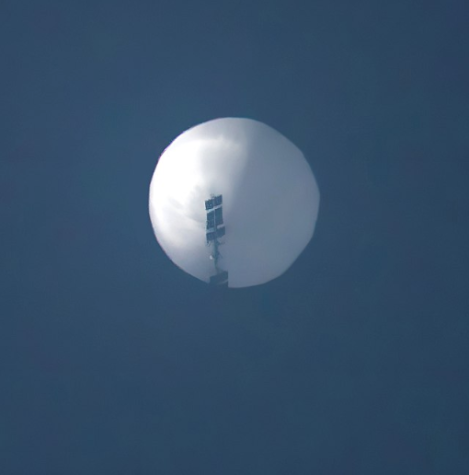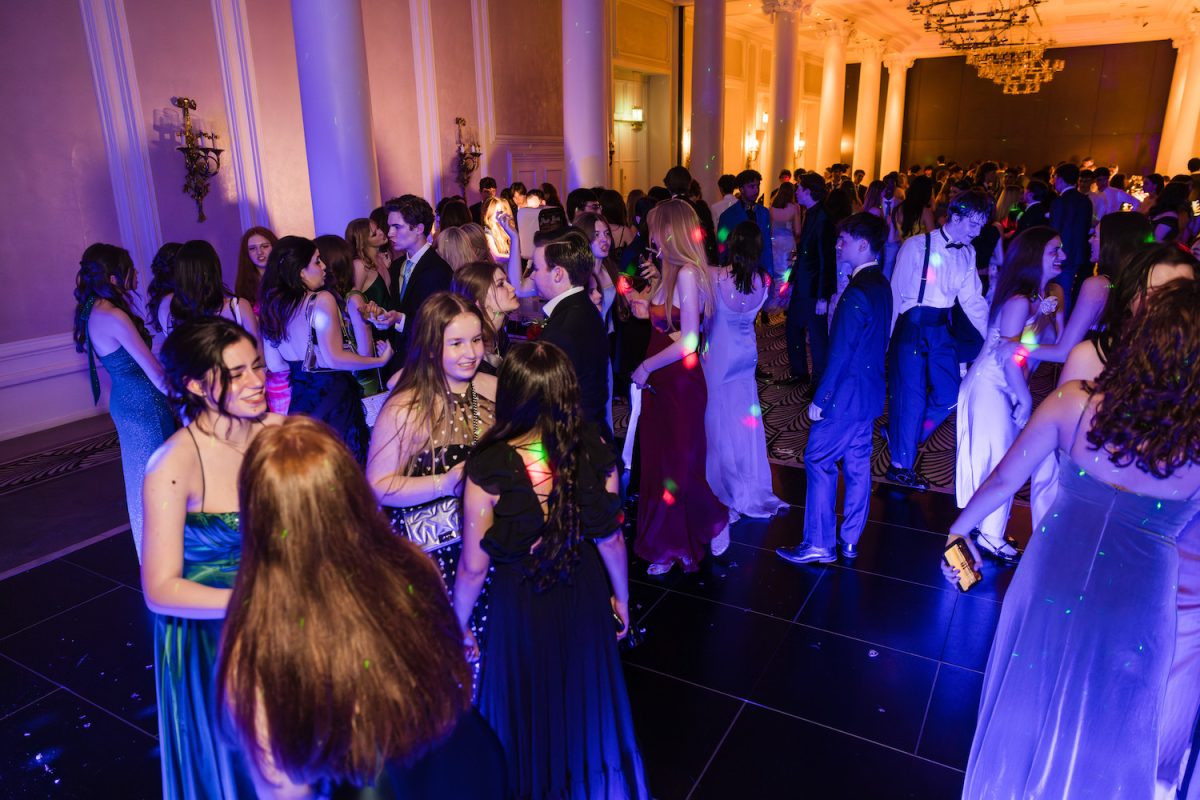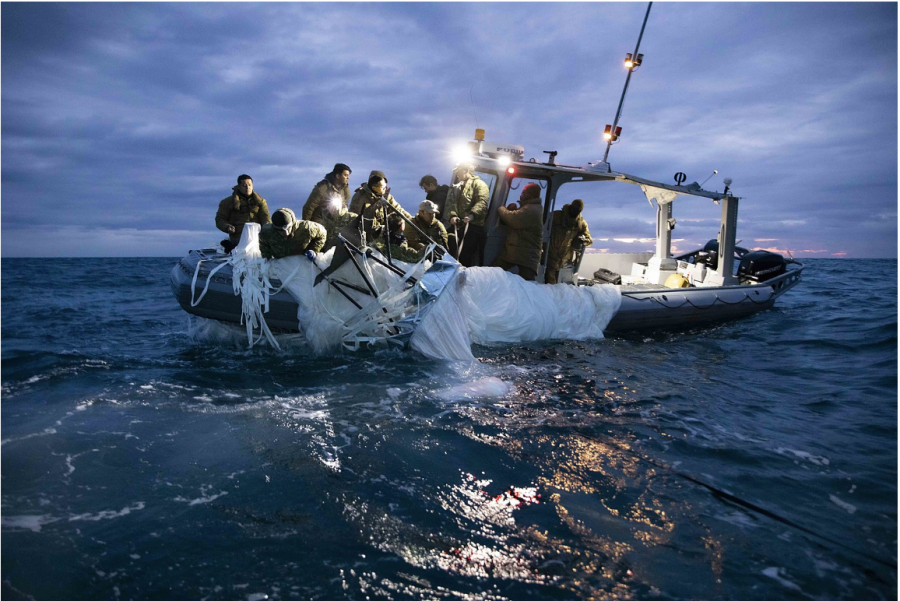After traversing the continental U.S. for seven days, a Chinese-owned balloon was shot down off the coast of South Carolina Feb. 4, according to the BBC. The U.S. has accused China of espionage, per the Financial Times. Meanwhile, China has claimed the balloon was for civilian use and simply drifted off target, according to Bloomberg.
Antonio Reis (’25) said he believes the balloon was meant for surveillance, especially since the use of balloons to spy on other countries is now commonplace.
“My bet is on yes it was a spy balloon, because I think no matter what, especially if it’s a spy balloon, the Chinese government would say it’s not a spy balloon,” Reis said. “Everyone is sending spy balloons over everyone, so I don’t see why not.”
Social Studies Teacher Christopher Wolf said international spying is more common in the modern context.
“What we’ve seen in the post-Cold War world is an increase in economic espionage and other kinds of espionage, and I think those things happen much more than we realize,” Wolf said.
However, Wolf also said although it is “consistent with a lot of the other accusations about China the United States is making,” there is not enough evidence to claim China was using espionage.
Following the sighting of the balloon, U.S. Secretary of State Antony Blinken canceled his planned visit to Beijing, stating that the presence of the Chinese balloon was “a clear violation of U.S. sovereignty and international law,” according to the Financial Times.
In response, spokesperson for the Chinese Foreign Ministry Wang Wenbin accused the U.S. of sending at least 10 of their own surveillance balloons into China, according to the NPR.

Ryan Cushman (’24) said although the backlash over the aerial balloons has been notable, the overall diplomatic impact will end up being negligible.
“It was pretty crazy, but overall it’s not that big of a deal,” Cushman said. “All of the diplomatic stuff [around] the world is just, you know, posturing and trying to look strong. I don’t think any consequences will actually come up for us here.”
On the other hand, Leisha Bhatnagar (’25), a previous Hong Kong resident, said the balloon sighting will intensify conflict and influence global perspectives.
“The balloon will definitely heat up China-U.S. tensions,” Bhatnagar said. “I’m also worried about the impacts on the perception of China from a Western perspective.”
Wolf said the balloon will draw more attention to the rivalry between China and the U.S., thereby leading to future consequences.
“The most immediate outcome is that people are paying attention to thatin a way that hasn’t gotten that kind of attention since Trump declared the trade war with China,” Wolf said. “In the long term, if there are broader economic circumstances, or if a greater conflict between China and the United States pushes China to shore up its alliances with Russia, that could cause some impact here.”
The most immediate outcome is that people are paying attention to that in a way that hasn’t gotten that kind of attention since Trump declared the trade war with China.
— Social Studies Teacher Christopher Wolf
Following the downing of the balloon, three more events occurred Feb. 10, 11 and 12, where three different objects were shot out of both Canadian and U.S. airspace, according to the New York Times. Most of the objects could not be recovered, prompting conspiracy on their origin, which was further prompted by the U.S. referring to the objects as unidentified flying objects.
Wolf said the use of the word “UFO” was “interesting” given that it is considered to be “loaded language” and there is limited information around the objects. He also said these objects might have been civilian drones.
“I also found it interesting that the White House issued a denial that they believe there is any alien activity behind it,” Wolf said.
Furthermore, Bhatnagar said extraterrestrial activity was not involved as“it just seems too outlandish to be real.”
Responding to the conspiracies, the U.S. Press Secretary Karine Jean-Pierre issued a denial claiming aliens were not behind the objects, per the White House. Additionally, U.S. President Joe Biden held a press briefing saying the objects were most likely “tied to private companies, recreation or research institutions,” as opposed to aliens or Chinese surveillance activity, according to the New York Times.
Ultimately, Bhatnagar said she hopes the contention about aerial surveillance across the world will be resolved, namely through diplomacy and improving government distrust.
“Despite everything that has happened, I still hope that this will all resolve itself peacefully,” Bhatnagar said. “If we can all better work together, the world will end up in a better place.”







